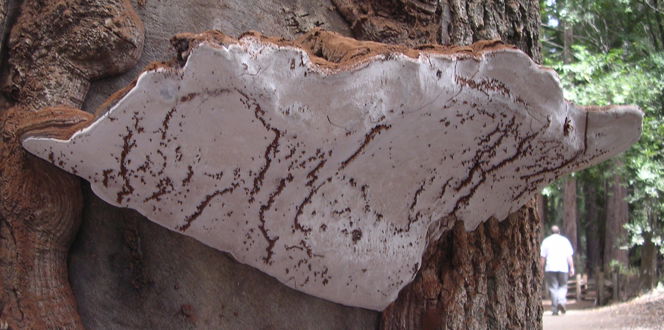Biscogniauxia Canker Of Oaks Description:
(formerly Hypoxylon)
Pronounced bisk-o-nee-ox-e-a, this fungus can be identified by the dark-colored, crusty fungus tissue on dead, cankered areas. Light colored spore masses are frequently seen on branches and stems of severely affected trees. Large pieces of bark may slough off, exposing the fungus underneath. Bark may slough off in patches but, characteristically, it sloughs off in strips up to several meters long.
Yellowing or wilting of oak leaves may signal the onset of this disease, but these symptoms are typical of many stress factors and are not necessarily caused by infection from this fungus.
Hosts:
Willow and water oak trees appear to be most susceptible, followed by red oak and occasionally post and live oak. Although found throughout North America, this disease is primarily a problem in the Southern United States.
Biology & Symptoms:
Biscogniauxia spore masses may vary in color from tan to bluish-gray to black. These spores, transported by the wind, cause new infections on wounded or stressed trees. While the fungus is commonly present on healthy trees, when trees become stressed it can become an aggressive pathogen.
Management:
Keep trees healthy using proper tree care practices. Prune out any branches showing early infection, since this reduces the amount of spores. If grade changes or construction are anticipated, contact a certified arborist for tree protection recommendations. Insect populations should be managed to reduce stresses that result from insect feeding.





